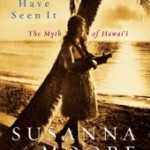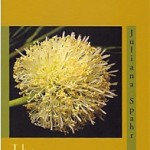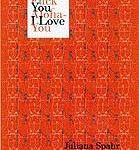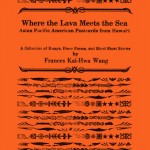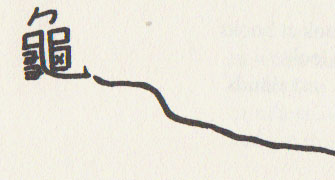Panax Ginseng is a bi-monthly column by Henry W. Leung exploring linguistic and geographic borders in Asian American literature, especially those with hybrid genres, forms, vernaculars, and visions. The column title suggests the English language’s congenital borrowings and derives from the Greek panax, meaning “all-heal,” together with the Cantonese jansam, meaning “man-root.” This perhaps troubling image of one’s roots as panacea informs the column’s readings.
*
*
It is by speaking of the “assumption of the myths of a race not [her] own, a race nearly annihilated by [her] kind” that Susanna Moore begins her quasi-memoir, I Myself Have Seen It: The Myth of Hawai‘i (National Geographic 2003). She describes her “self-delighting pride at being a liminal participant in an authentic culture that continues, despite attempts to the contrary, to fear the ghostly night marchers . . .” This prefatory remark appears to apologize for her presumptions as a white woman writing about an island where she grew up with considerable privilege. Yet, notice the qualifiers—“self-delighting,” “liminal,” “authentic”—as they progress from the private to the public along a claim toward ownership. Identity politics frustrate me to no end, but as poetry and nonfiction on the subject of Hawaii have been coming across my desk recently, I have started to see that perhaps nobody can uncontestably write or rewrite Hawaii, not even those with genealogical ties to the native Hawaiians: for to call them natives today is to codify culture into a prelapsarian nostalgia, to selectively deny cultural change. I also wonder about recent mainland literatures about Hawaii and to what degree their conservatism and transgressions are intrinsic. I intend to look briefly here at three writers who claim a conflicted connection to Hawaii through the tension of poetic language: Susanna Moore, who lived on Oahu from early adolescence until she was a teenager; Juliana Spahr, who taught at the University of Hawaii at Manoa for half a decade; and Frances Kai-Hwa Wang, who has been “going home” to the Big Island from the Midwest since her parents retired there. Each of their works brushes against the usual tropes that brand a Hawaiian text when written in English, such as provincial or pastoral expectations, a stylized pidgin lexicon, and a mystified engagement with history. Yet, our three writers clearly feel their outsiderness, and, in order to make meaning and make meaning communicable as required by their poetics, they find nuanced rhetorical forms to grant themselves permission. Continue reading “Panax Ginseng: The Other Wonders At Hawai’i”
